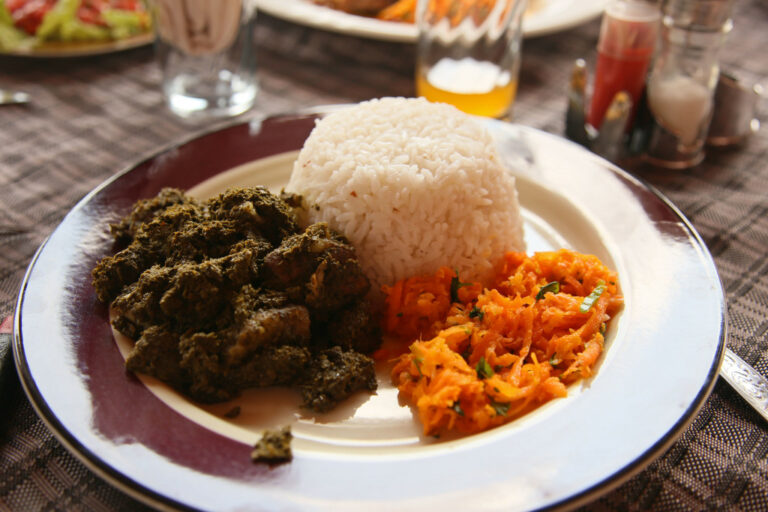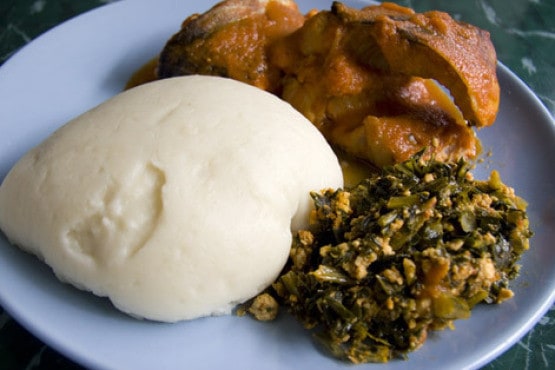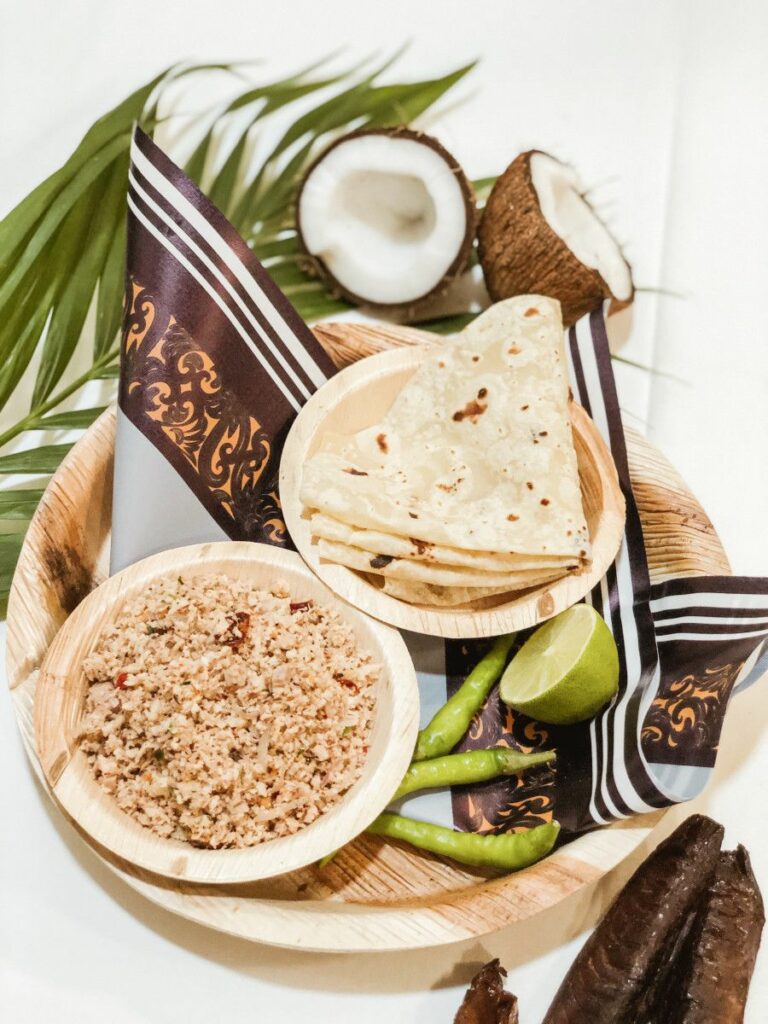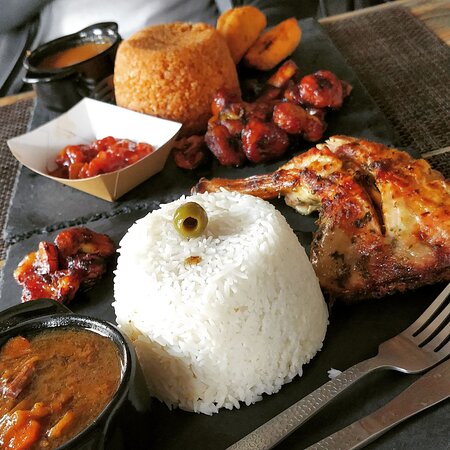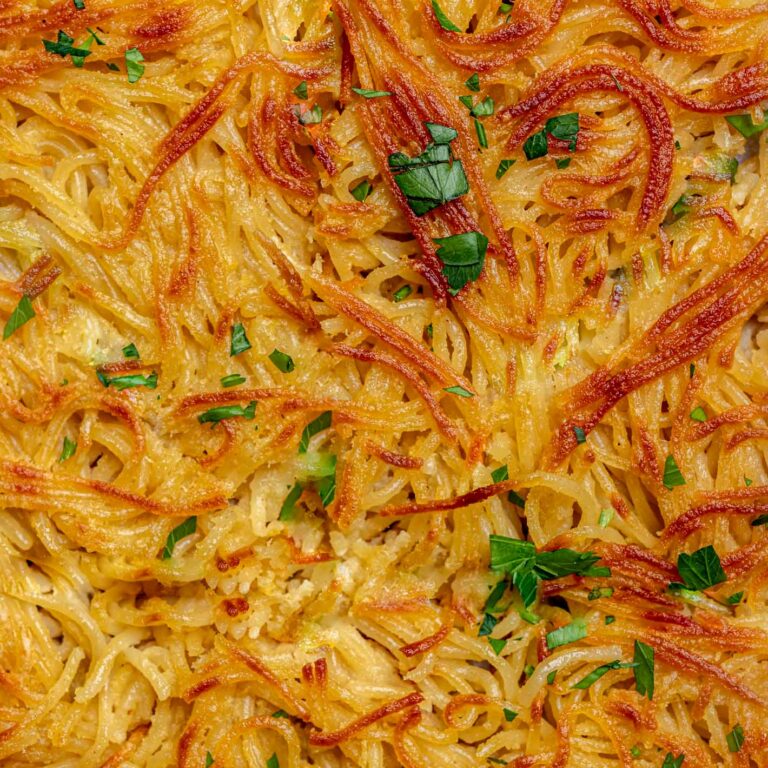Introduction: Discovering Luxembourg’s Cuisine
Luxembourg, situated in the heart of Europe, is a small country that may not be known for its cuisine. However, its culinary scene is a delightful mix of traditional Luxembourgish dishes and international cuisines, making it a foodie’s paradise. The country’s cuisine is heavily influenced by its neighbouring countries, Germany, France, and Belgium, making it an interesting blend of flavours. If you’re planning on visiting Luxembourg, you are in for a treat as the country has a plethora of must-try dishes that will leave you wanting more.
Traditional Luxembourgish Dishes to Try
One of Luxembourg’s most famous dishes is Judd mat Gaardebounen, which is smoked pork collar served with broad beans and boiled potatoes. Another dish that you must try is Kniddelen, which is made of potato flour and eggs and served with bacon and cream sauce. Bouneschlupp is a soup made of green beans, potatoes, and bacon, and it’s often served during the colder months. For meat lovers, Huesenziwwi, which is a hearty stew with pork and beans, is a must-try.
International Cuisine in Luxembourg
Luxembourg’s culinary scene is not limited to traditional dishes only. The country has a diverse range of international restaurants, offering everything from Italian pizza to Indian curry. If you’re looking for something exotic, you can try sushi at the Japanese restaurant, Um Plateau. If you’re in the mood for some Middle Eastern cuisine, Meating Point offers delicious kebabs and falafel. Luxembourg also has a thriving fine dining scene, with Michelin-starred restaurants such as Mosconi and Fani.
Vegetarian and Vegan Options
Luxembourg’s culinary scene has something for everyone, and that includes vegetarians and vegans. Most restaurants in Luxembourg have vegetarian options on their menus, and there are also several vegetarian and vegan restaurants. Beet is a vegan restaurant that offers a variety of plant-based dishes, including burgers and salads. Um Plateau also has a vegetarian menu that includes vegetable tempura and avocado sushi.
Satisfy Your Sweet Tooth with Luxembourgish Desserts
After a satisfying meal, why not indulge in some Luxembourgish desserts? Gromperekichelcher is a popular dessert made of grated potatoes and fried until crispy. Kachkéis is a cheese spread that is often served with bread. If you have a sweet tooth, try Péckvillercher, which are small almond cookies that are popular during the Christmas season.
Where to Find the Best Restaurants in Luxembourg
Luxembourg has a wide range of restaurants, from casual to fine dining, and from traditional to international cuisine. If you’re looking for a traditional Luxembourgish meal, then Café des Artistes is a great place to go. For something more upscale, you can visit Mosconi, which has two Michelin stars. For international cuisine, Um Plateau is a great option. If you’re looking for vegetarian or vegan options, Beet is a must-visit. Whatever your culinary preferences, there’s something for everyone in Luxembourg.


